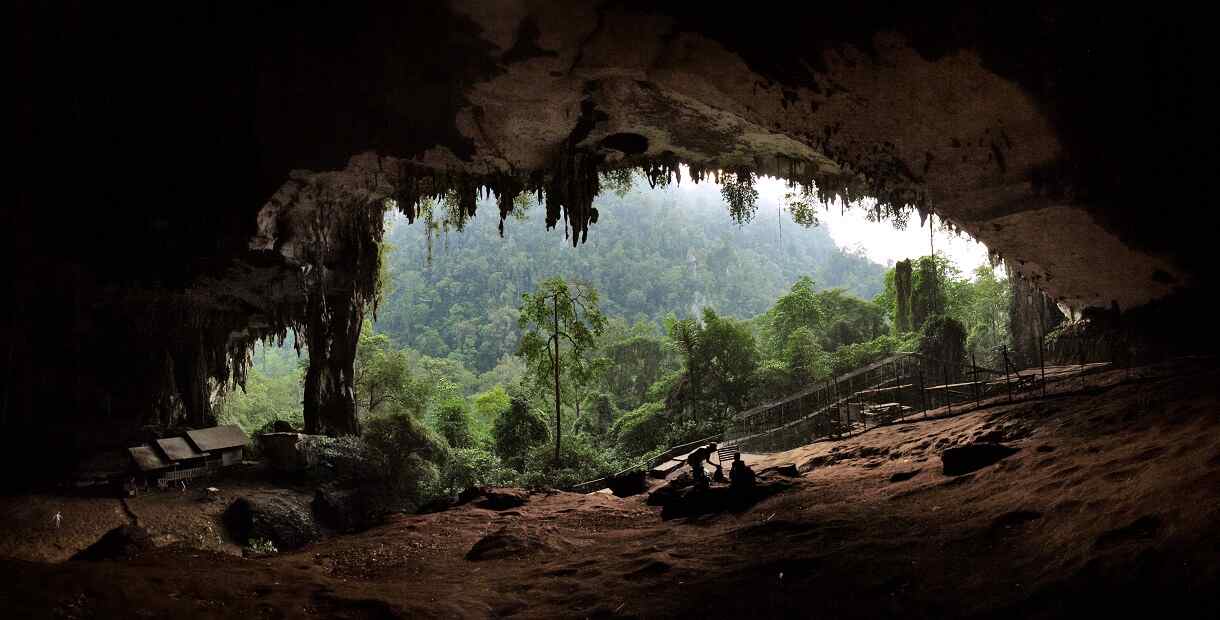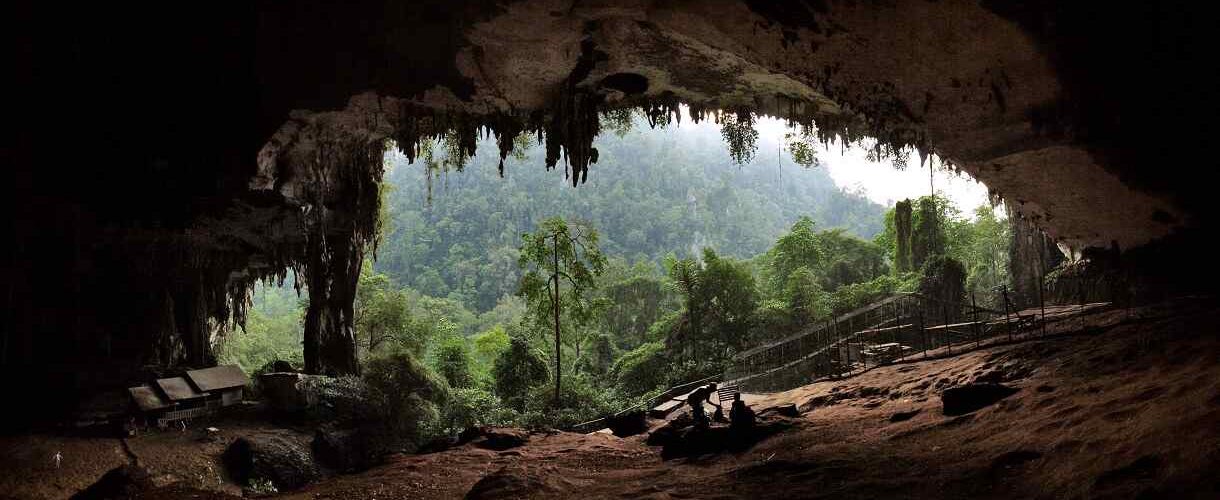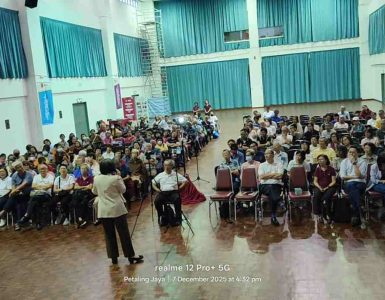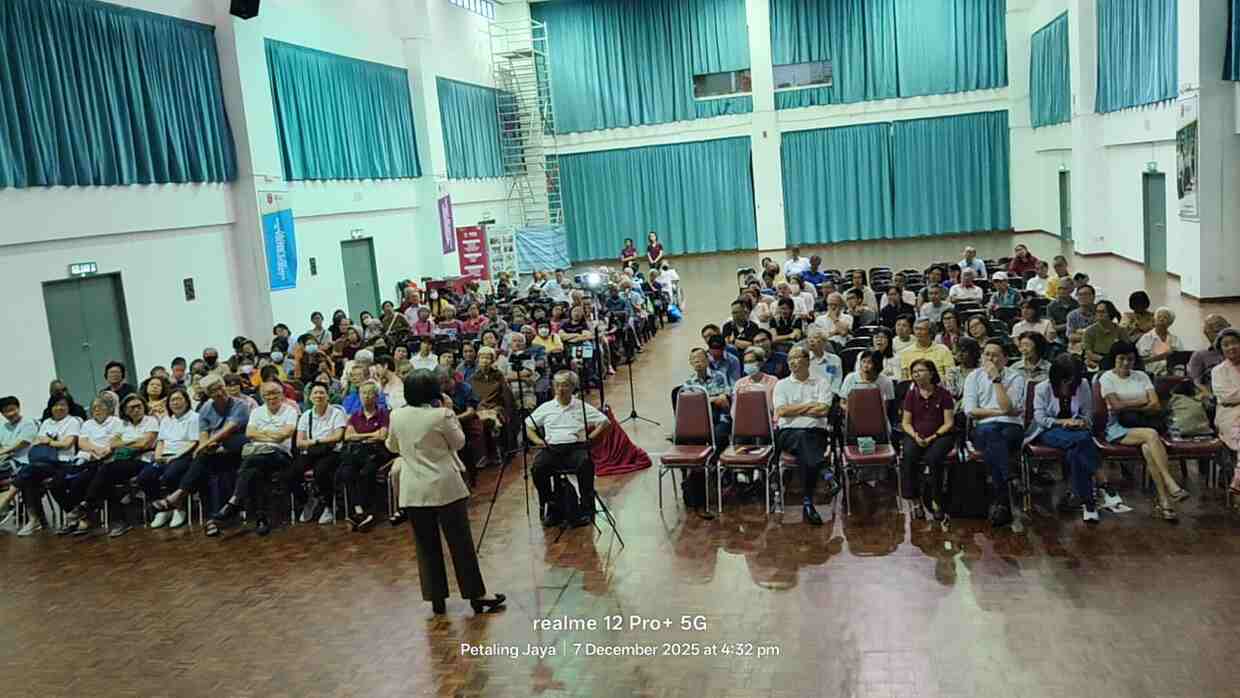The Niah Caves complex in Sarawak has been officially recognized as a UNESCO World Heritage Site, marking a significant milestone in Malaysia’s heritage preservation efforts. The Malaysian Ministry of Tourism, Arts, and Culture (MOTAC) announced the accolade in a statement released on Saturday, July 27. The recognition was awarded at 7 PM (Malaysian time) during the 46th World Heritage Committee Session held from July 21 to 31 in New Delhi, India.
The decision was made by the 21-member World Heritage Committee, chaired by a representative from India. According to MOTAC, the nomination process for the Niah Caves Archaeological Site began in 2019, with the Tentative List document submitted to UNESCO on January 22, 2021. Formal nomination documents were handed over to the UNESCO Secretariat in Paris, France, on January 31, 2023.

A treasure trove of human history
Located near the west coast of Borneo Island within Niah National Park, the Niah Caves complex boasts a series of colossal, interconnected caverns. These caves contain the longest known records of human interaction with the rainforest, dating back at least 50,000 years, from the Pleistocene to the Mid-Holocene periods. The rich archaeological deposits, prehistoric rock paintings, and boat-shaped burials found at the northern edge of the massif provide invaluable insights into biological and human life during these periods.
The site contributes significantly to the understanding of human development, adaptation, and migration in Southeast Asia and globally. The local communities’ ancient tradition of molong—’take only what you need’—when harvesting guano and edible bird’s nests from the caves highlights a sustainable way of life that has endured for centuries.

Malaysia’s growing list of heritage sites
With the inclusion of the Niah Caves, Malaysia now boasts five UNESCO World Heritage Sites. The others are Gunung Mulu National Park and Kinabalu Park (2000), the Historic Cities of the Straits of Melaka, Melaka and George Town (2008), and the Archaeological Heritage of the Lenggong Valley (2012). This recognition underscores Malaysia’s rich cultural and natural heritage, placing the country on the global map of significant historical sites.
To date, a total of 1,199 sites worldwide have been recognized as World Heritage Sites under the 1972 Convention Concerning the Protection of the World Cultural and Natural Heritage. Malaysia is also working on nominating several other areas for UNESCO World Heritage status, including the FRIM Forest Park in Selangor, Royal Belum State Park, and the National Leprosy Control Centre.
The listing of the Niah Caves as a UNESCO World Heritage Site not only celebrates the site’s historical significance but also reinforces the importance of preserving and protecting Malaysia’s cultural and natural heritage for future generations.











